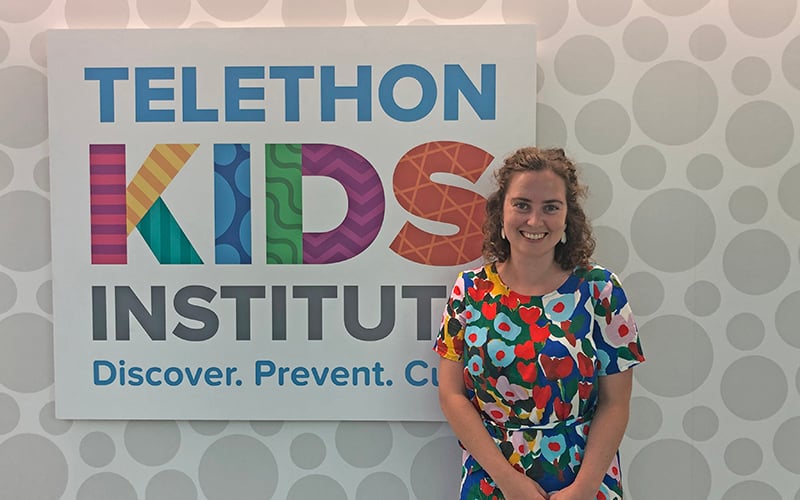Search
Showing results for "1"
Research
Protocol For Study Of Information Needs Of Parents Of Infants Newly Diagnosed With Cystic FibrosisThis study aimed to investigate the information needs, priorities, and information-seeking behaviours of parents of infants newly diagnosed with CF.
Research
The effect of diesel exhaust exposure on blood-brain barrier integrity and function in a murine modelEpidemiological studies indicate that exposure to diesel exhaust (DE) is associated with vascular-based disorders.

News & Events
Time for WA’s ‘wait awhiles’ to get vaccinatedResearchers leading a study into COVID-19 vaccine hesitancy say a sub-group of people they’ve dubbed the ‘wait awhiles’
Research
The application of population data linkage to capture sibling health outcomes among children and young adults with neurodevelopmental conditions. A scoping reviewSiblings of children with neurodevelopmental conditions have unique experiences and challenges related to their sibling role. Some develop mental health concerns as measured by self-reported surveys or parent report. Few data are available at the population level, owing to difficulties capturing wide-scale health data for siblings. Data linkage is a technique that can facilitate such research.
Research
The natural history of the MECP2 Duplication disorder: Australian surveillance and plans for development of an international registerHelen Jenny Leonard Downs MBChB MPH BApplSci (physio) MSc PhD Principal Research Fellow Head, Child Disability +61 419 956 946 08 6319 1763


News & Events
Zandyn's storyHaving diabetes is hard and that's why our researchers are working tirelessly to develop more effective therapies to improve the lives of those living with T1D
Admin assistant
Childhood Allergy and Immunology Team - Project Coordinator PrEggNut
This study evaluated sixty-one families' satisfaction following spinal fusion in girls with Rett syndrome.
